Home decor trends of the 1940s that quietly made a comeback
Step into a time machine and rediscover the enchanting world of 1940s home decor! The era was marked by a captivating blend of elegance and practicality, making it a timeless inspiration for modern interiors.
As post-war optimism flourished, homes were adorned with designs that celebrated both form and function. Today, these trends are making a comeback, inviting us to explore the unique charm of a bygone era while adding a nostalgic touch to our contemporary spaces.
The Charm of Vintage: Why 1940s Styles Are Back
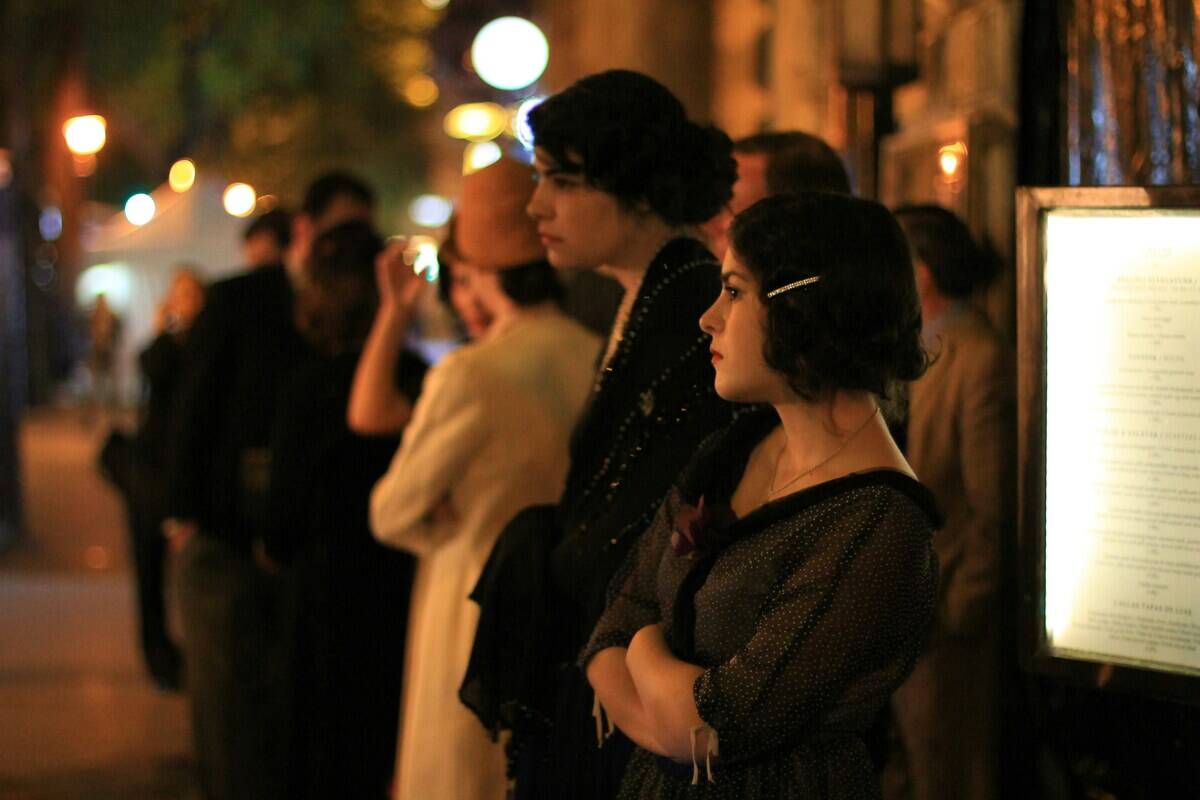
Vintage styles have a way of evoking a sense of nostalgia, and the 1940s are no exception. The period’s aesthetic is characterized by a delightful mix of simplicity and sophistication. People are drawn to its classic lines, soft color palettes, and the way these elements can transform a space into a cozy retreat.
With sustainability gaining importance, the durability and timeless appeal of 1940s decor make it an attractive choice for today’s eco-conscious homeowners.
Pastel Colors: The Soft Palette Revival

Pastel colors are making a gentle comeback in home decor, reminiscent of the 1940s’ soft palette. These hues—think pale pinks, baby blues, and mint greens—were favored for their calming effect and ability to brighten up spaces without overwhelming them.
Today, pastels offer a subtle way to introduce color into modern interiors, adding a touch of vintage charm that feels both fresh and timeless. Pairing pastels with neutral tones can create a serene environment that echoes the tranquility of the past.
Floral Patterns: From Curtains to Cushions
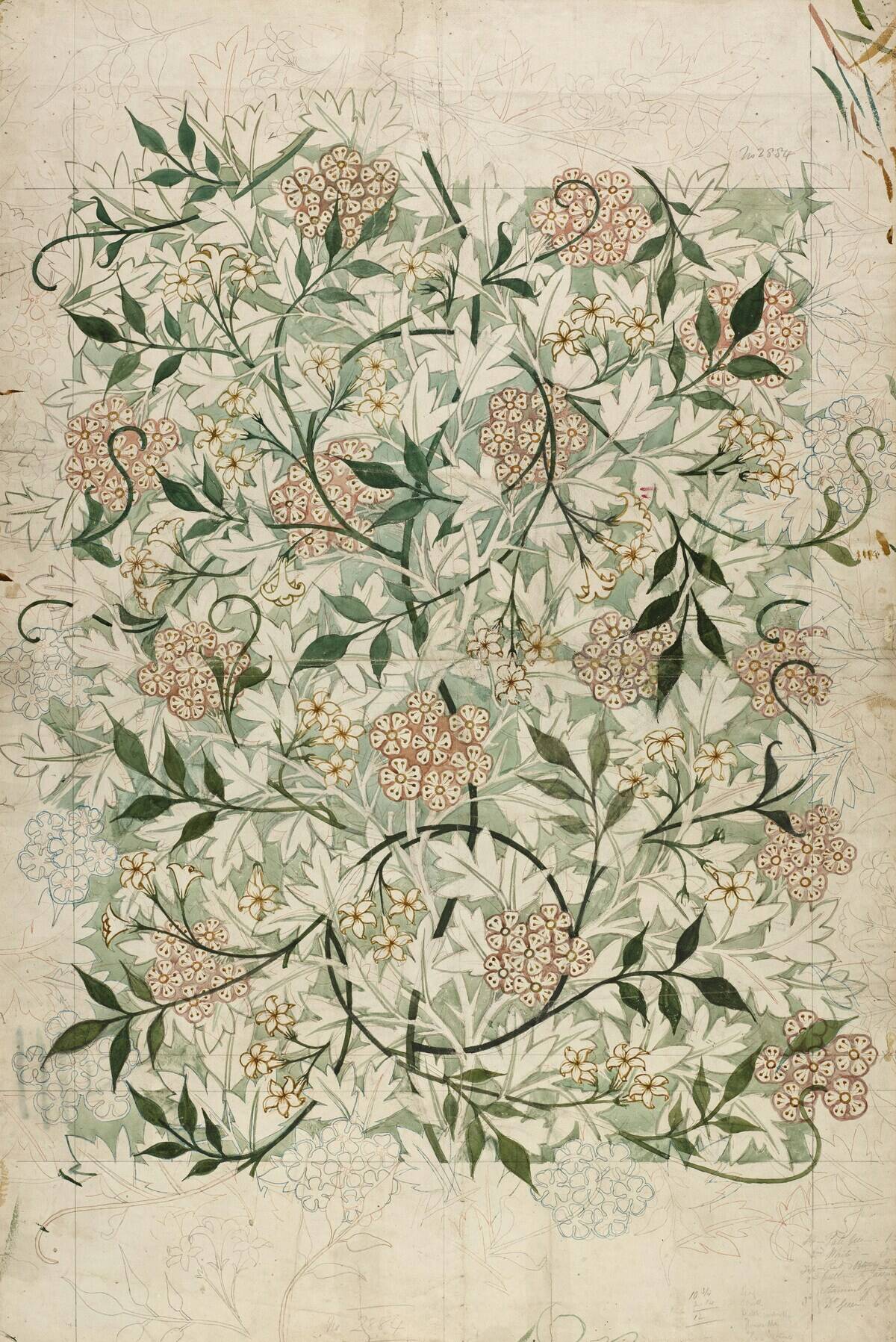
Floral patterns were a staple in 1940s decor, adorning everything from curtains to cushions. These cheerful designs brought a sense of nature indoors, creating a lively and inviting atmosphere.
Today, florals continue to enchant decorators with their versatility and ability to complement various styles. Whether it’s a bold botanical print or a delicate floral motif, these patterns can add a touch of whimsy and warmth to any room, bridging the gap between past and present home decor trends.
The Timeless Appeal of Wooden Furniture
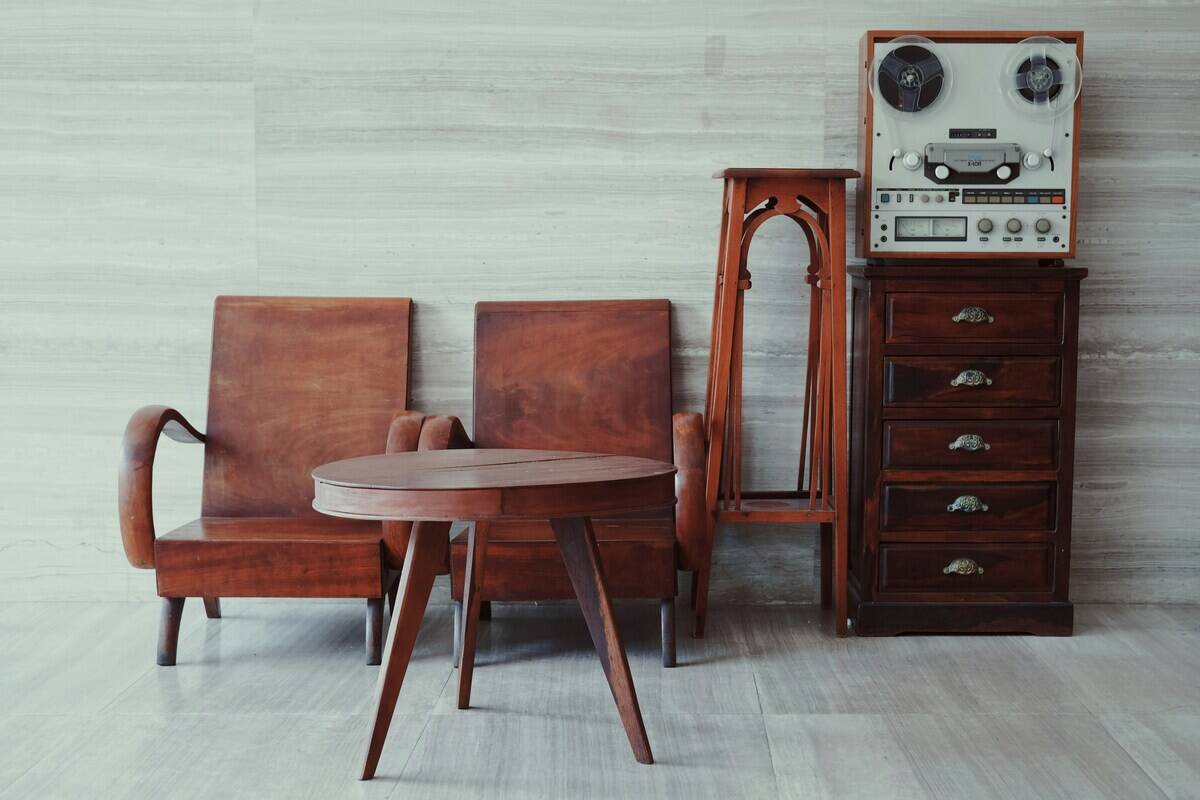
Wooden furniture is an enduring hallmark of 1940s home decor, celebrated for its natural beauty and durability. The era favored rich woods like mahogany and oak, often crafted into sturdy yet elegant pieces. In today’s interiors, the warmth and texture of wooden furniture evoke a sense of history and craftsmanship.
Whether it’s a vintage dining table or a classic wooden chair, these pieces remain a beloved choice for those seeking to infuse their homes with a touch of timeless elegance.
Art Deco Influence: Geometric Designs Return
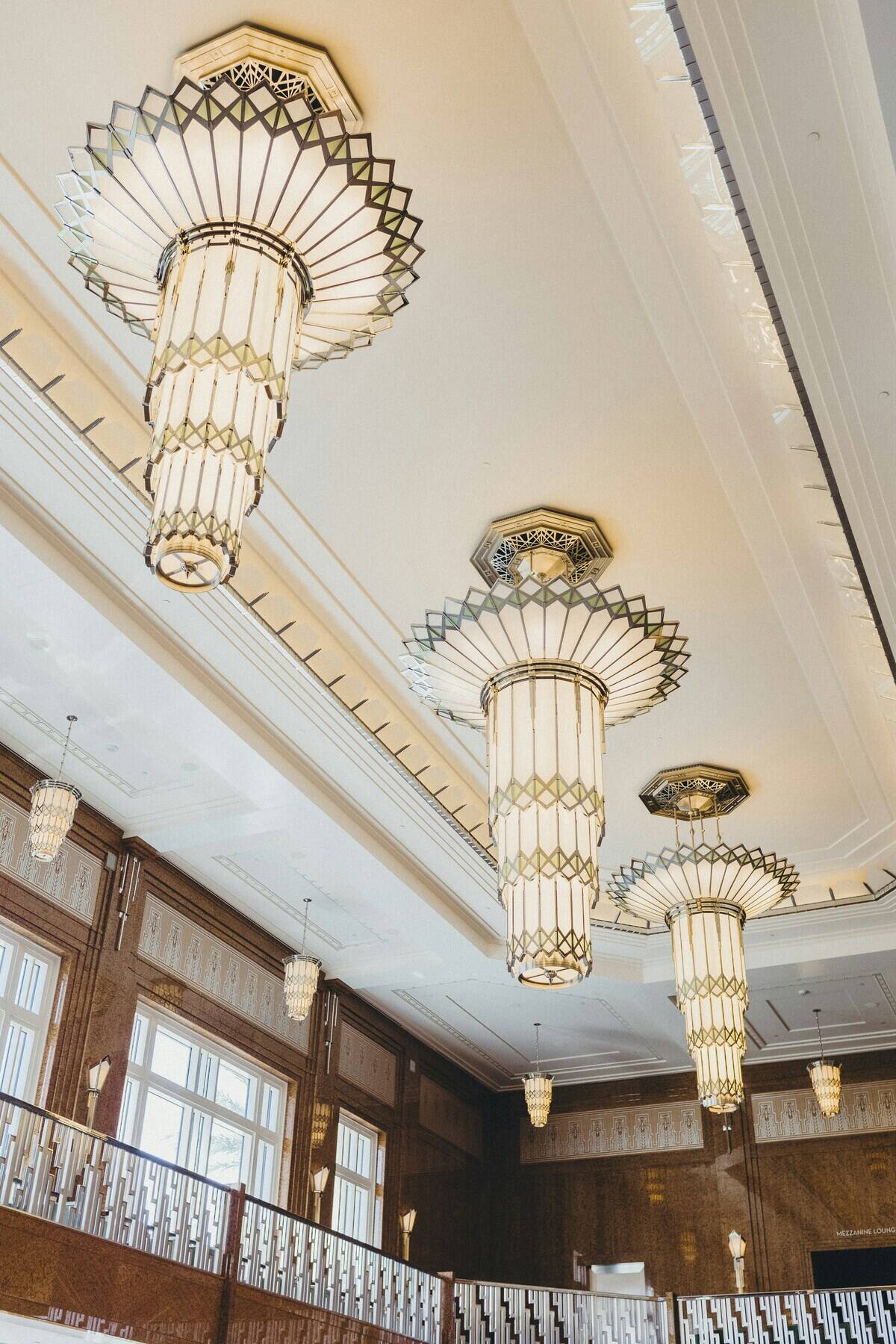
The 1940s saw an explosion of Art Deco influences, with geometric designs making their mark on home decor. Characterized by bold shapes and symmetrical patterns, Art Deco brought a sense of glamour and modernity to interiors.
Today, these geometric designs are experiencing a revival, seamlessly blending with contemporary aesthetics. Whether through wallpaper, textiles, or furniture, incorporating Art Deco elements can add a dash of sophistication and visual interest to any space.
The Comeback of Bold Wallpaper
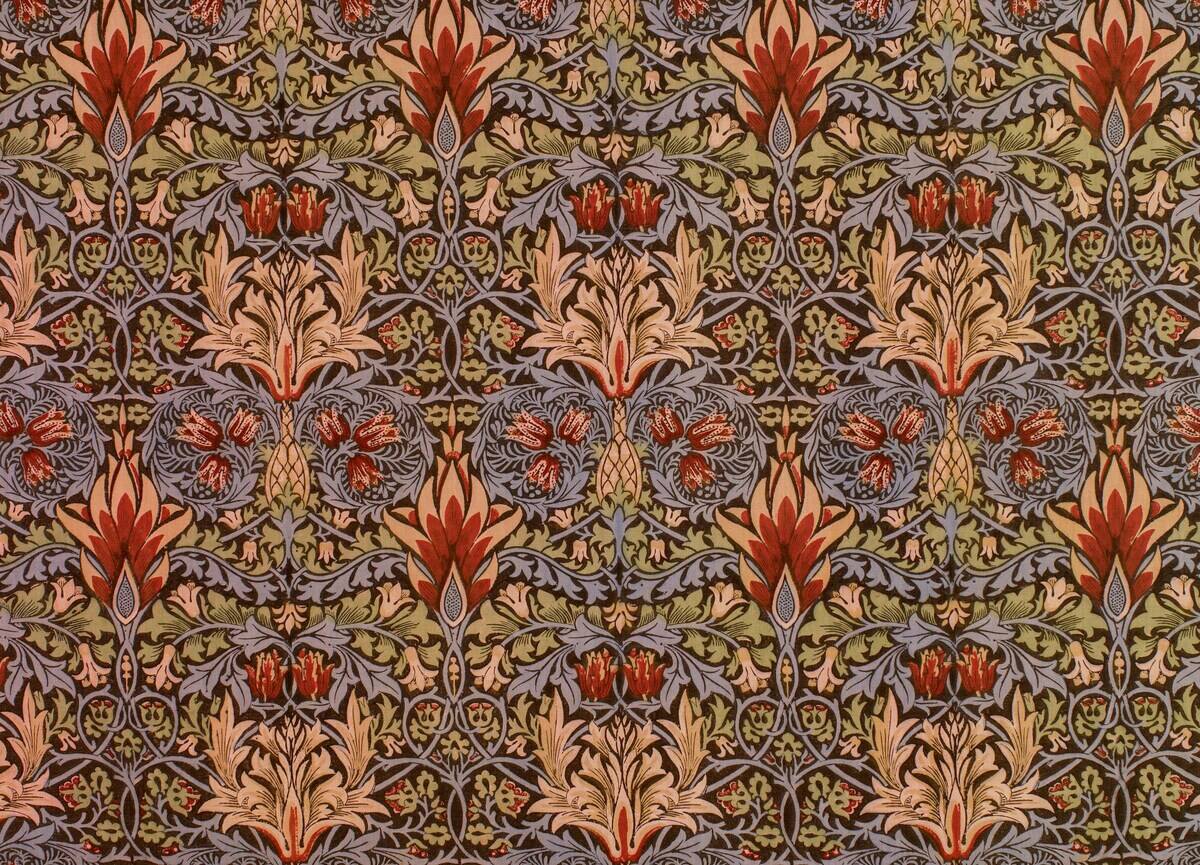
Bold wallpaper was a defining feature of 1940s interiors, adding color and character to walls. From intricate floral patterns to striking geometric designs, wallpaper brought a sense of personality to homes. This trend is making a return, with homeowners embracing the power of wallpaper to transform a room.
Modern options offer a vast array of designs, allowing for creativity and personalization. Whether used as an accent wall or throughout a space, bold wallpaper can make a stylish statement.
Mid-Century Modern: The 1940s Connection
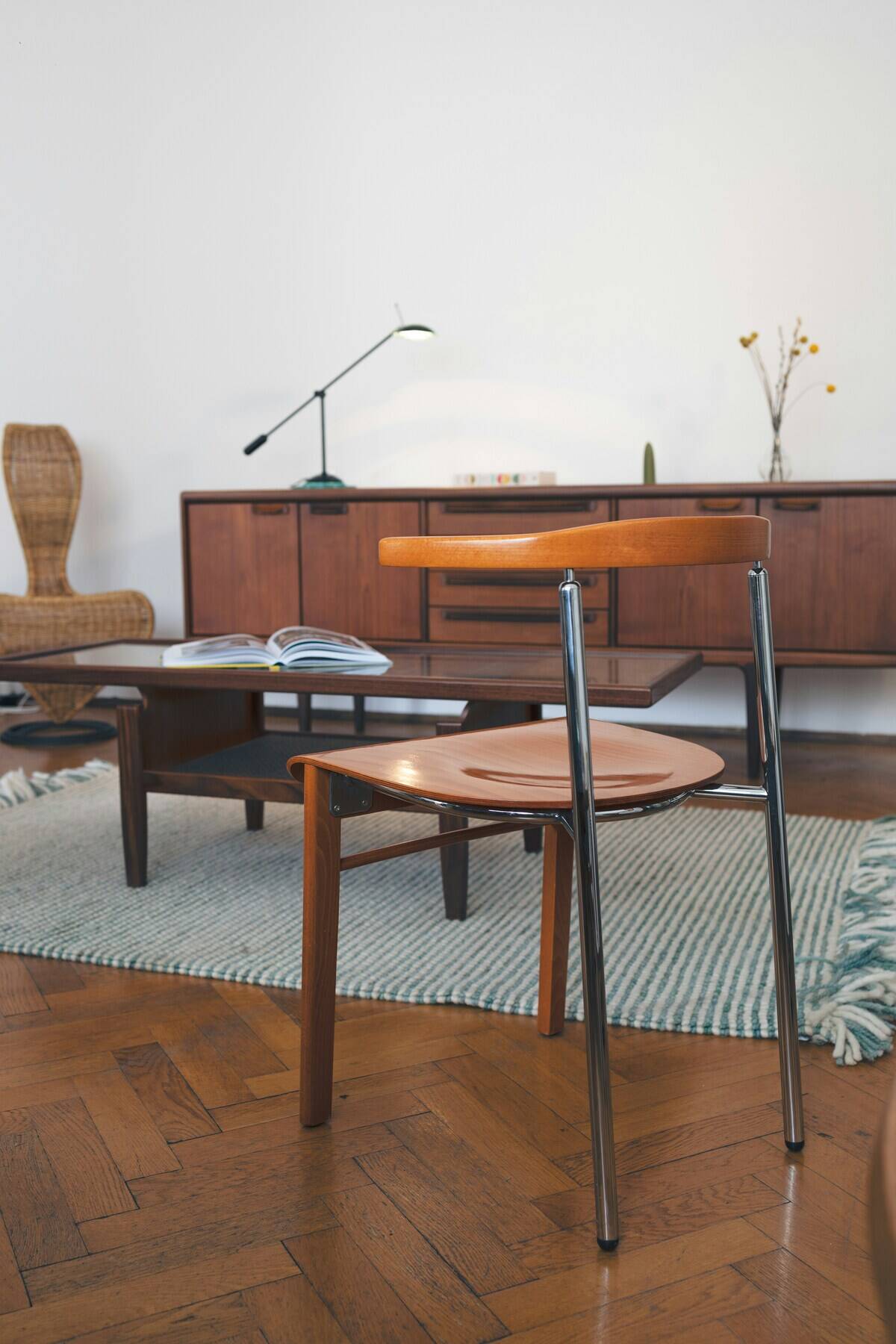
Mid-century modern design, which gained popularity in the late 1940s, continues to influence today’s decor. This style is known for its clean lines, functional forms, and integration with nature. The 1940s laid the groundwork for this aesthetic, with an emphasis on open spaces and simplicity.
Modern interiors often draw from this era, blending vintage elements with contemporary touches. The result is a harmonious balance between old and new, creating spaces that feel both classic and current.
The Allure of Antique Accessories

Antique accessories from the 1940s add a layer of depth and character to modern homes. From ornate mirrors to vintage clocks, these pieces tell a story and bring a sense of history to a space.
Collectors and decorators alike are drawn to the unique craftsmanship and detail found in 1940s accessories. Incorporating these items into a home not only adds visual interest but also creates a conversation piece that connects the past with the present, offering a nostalgic charm.
Functional Yet Stylish: The 1940s Kitchen
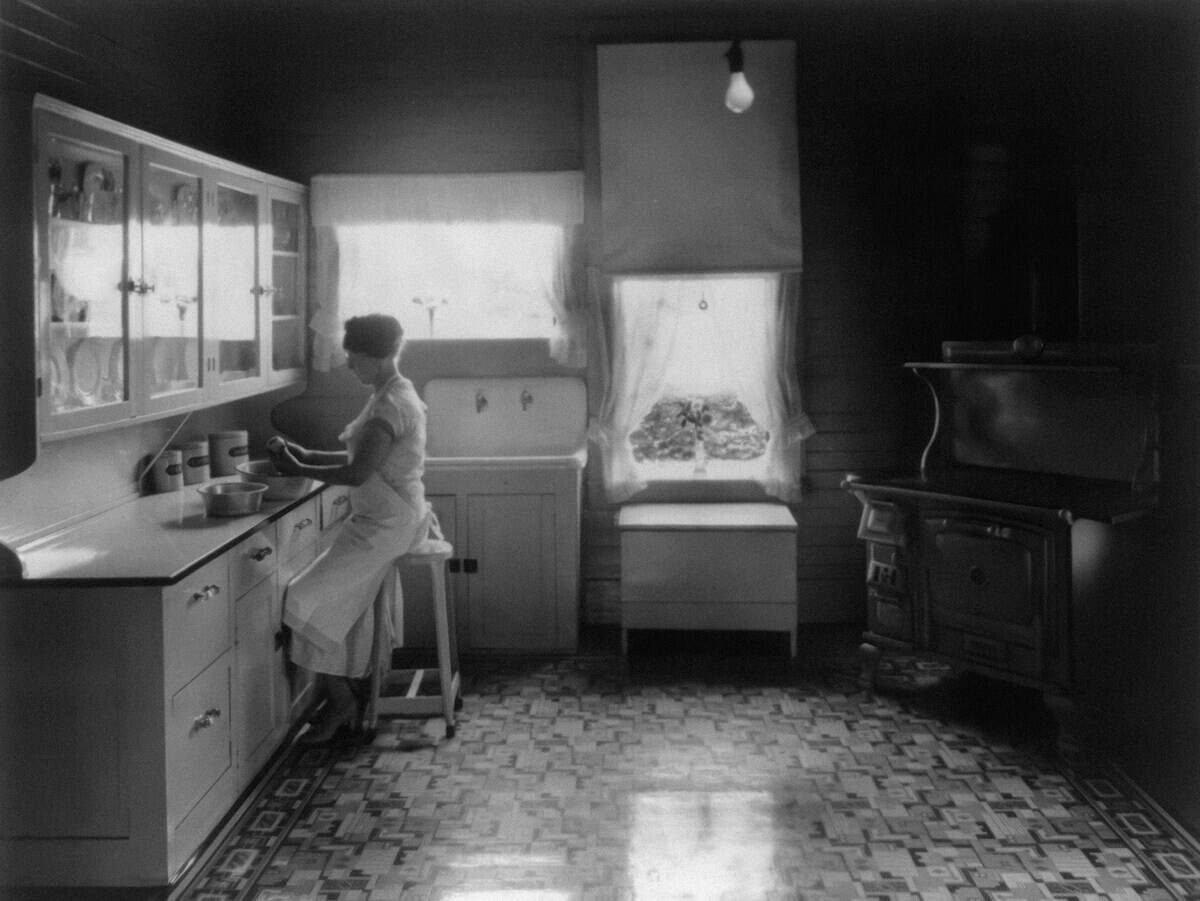
The 1940s kitchen was a hub of activity, designed to be both functional and stylish. This era introduced innovations like built-in cabinetry and efficient layouts that are still appreciated today.
The use of durable materials and practical designs made 1940s kitchens timeless. Modern homeowners can draw inspiration from these features, creating spaces that are both welcoming and efficient. The blend of vintage charm with contemporary convenience makes for a kitchen that’s as delightful as it is functional.
The Return of the Chaise Lounge
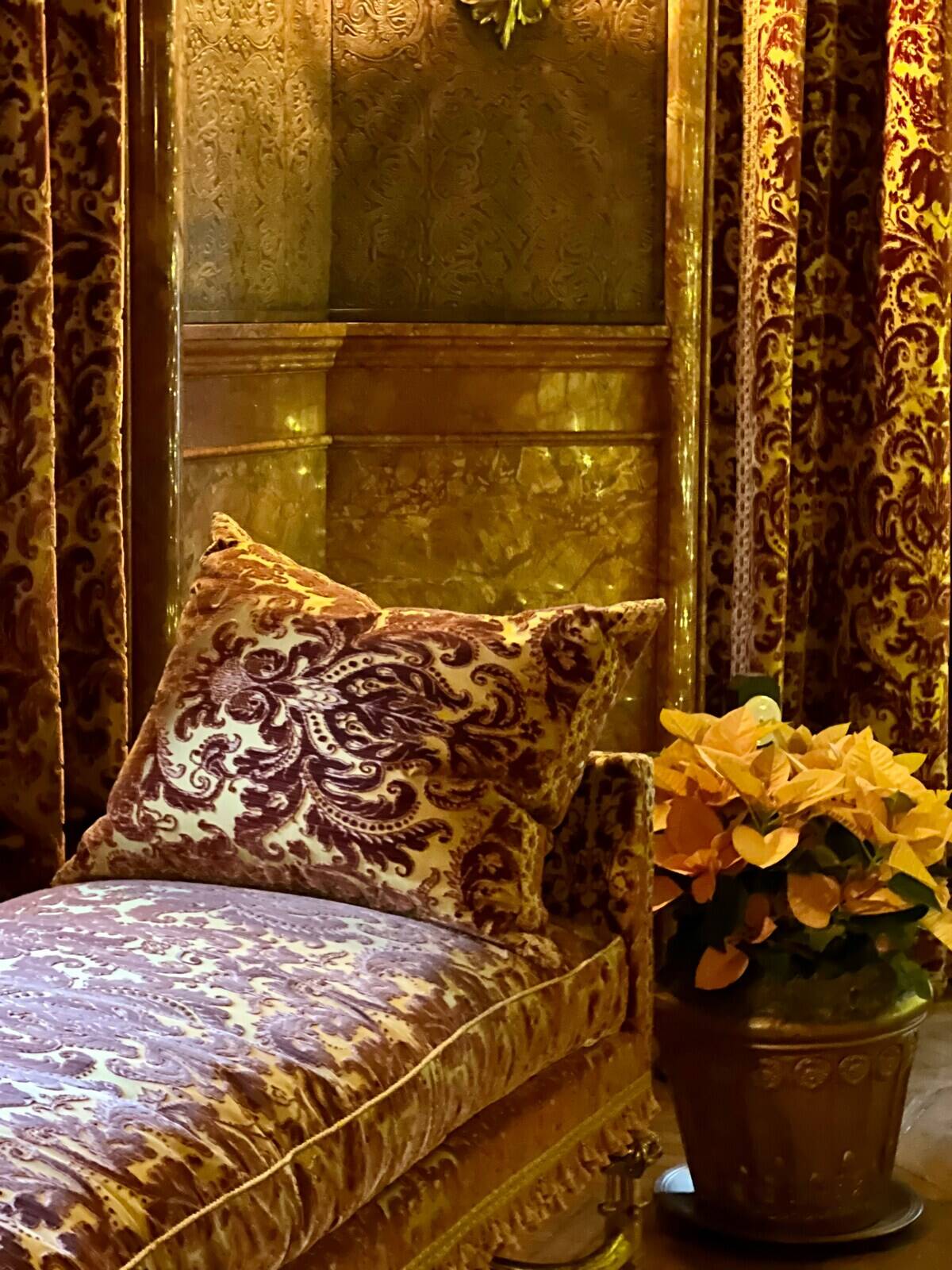
The chaise lounge, a symbol of luxury and relaxation, was a popular feature in 1940s homes. Known for its elegant curves and plush upholstery, it offered a perfect spot for leisure. Today, the chaise lounge is experiencing a revival, bringing a touch of vintage glamour to modern interiors.
Whether used as a statement piece in the living room or a cozy nook in the bedroom, its timeless appeal continues to captivate, offering both style and comfort in equal measure.
Lighting the 1940s Way: Chandeliers and Lamps
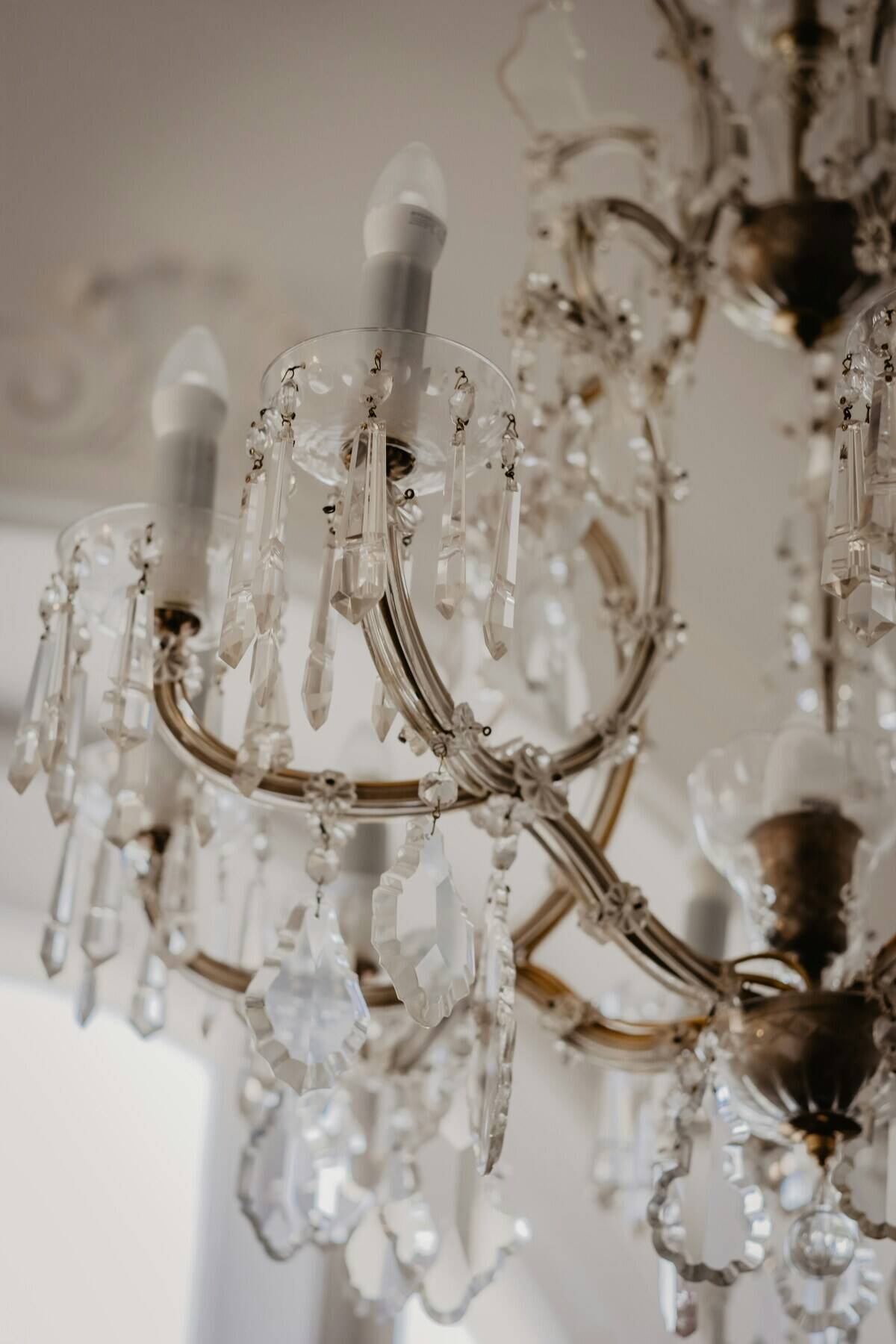
Lighting in the 1940s was all about creating ambiance and elegance. Chandeliers and lamps with intricate designs were staples in homes, casting a warm glow that enhanced the decor. These lighting fixtures are making a comeback, with modern designs drawing inspiration from vintage styles.
Whether it’s a crystal chandelier or a mid-century lamp, incorporating 1940s-inspired lighting can elevate the atmosphere of any room, adding a touch of sophistication and a hint of nostalgia.
The Beauty of Built-In Storage Solutions

Built-in storage solutions were a practical and stylish aspect of 1940s home decor. These custom features maximized space while maintaining a clean, uncluttered look. From bookshelves to cabinetry, built-ins provided an elegant way to organize and display belongings.
Today, they remain popular for their functionality and seamless integration into any room. Incorporating built-in storage not only enhances a home’s aesthetic but also offers a practical solution for modern living, echoing the efficiency of the past.
Retro Appliances: Nostalgia in the Kitchen

Retro appliances are bringing a sense of nostalgia back to the kitchen, reminiscent of the 1940s era. With their charming designs and bold colors, these appliances offer a delightful throwback to a time when form and function were beautifully balanced.
Today, brands are creating new models that capture the spirit of vintage appliances while incorporating modern technology. This blend of old and new provides the perfect opportunity to infuse a kitchen with character and convenience.
The Revival of the Cozy Reading Nook

Cozy reading nooks were a cherished feature in 1940s homes, offering a quiet retreat for relaxation. These intimate spaces often featured comfortable seating and ample lighting, creating a perfect spot for unwinding with a good book.
The reading nook is experiencing a revival, as homeowners seek to carve out personal sanctuaries within their homes. By incorporating vintage-inspired furniture and soft textiles, one can create a charming and inviting space that pays homage to the past while embracing modern comforts.
Mixing Patterns: A 1940s Inspired Art
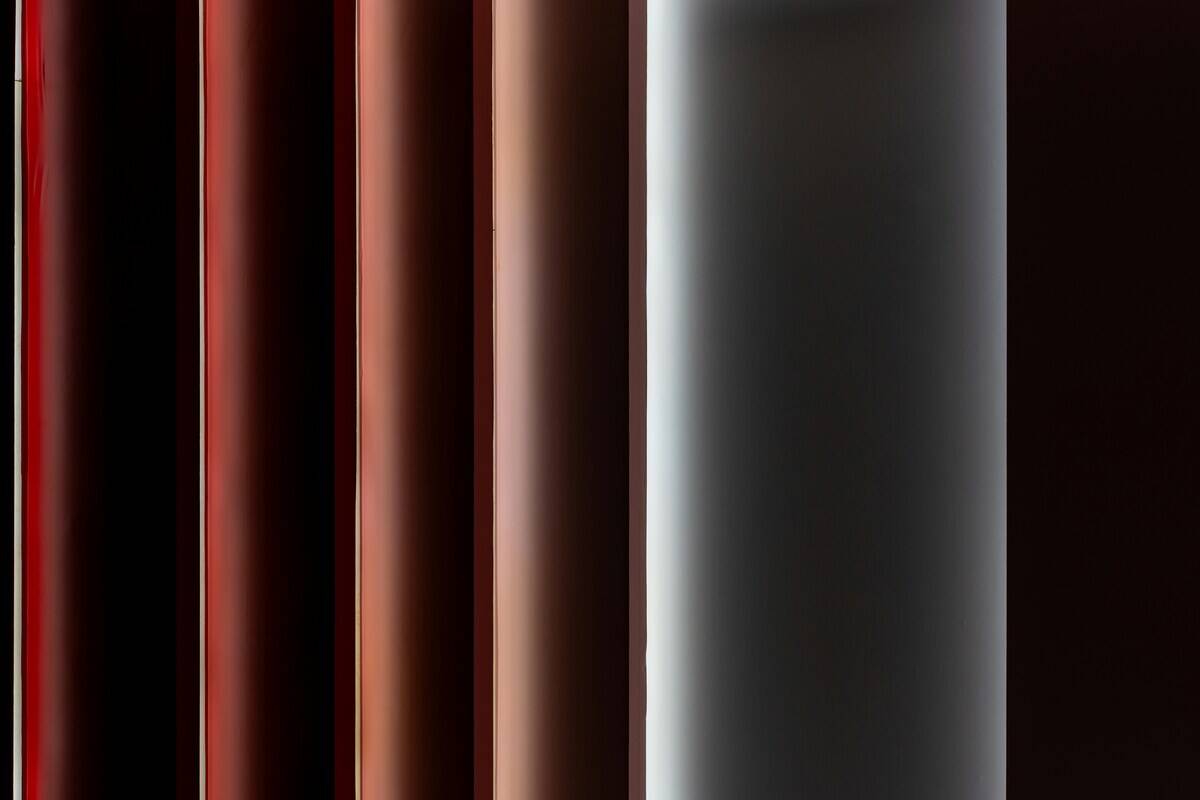
The art of mixing patterns was a hallmark of 1940s decor, where bold and subtle designs coexisted harmoniously. This approach allowed for creativity and personal expression, resulting in spaces that felt vibrant and dynamic.
Today, mixing patterns remains a popular trend, with decorators drawing inspiration from the past to create eclectic and visually engaging interiors. By carefully balancing colors and scales, one can achieve a cohesive look that captures the spirit of 1940s artistry and innovation.
Bringing Back the Parlor Room
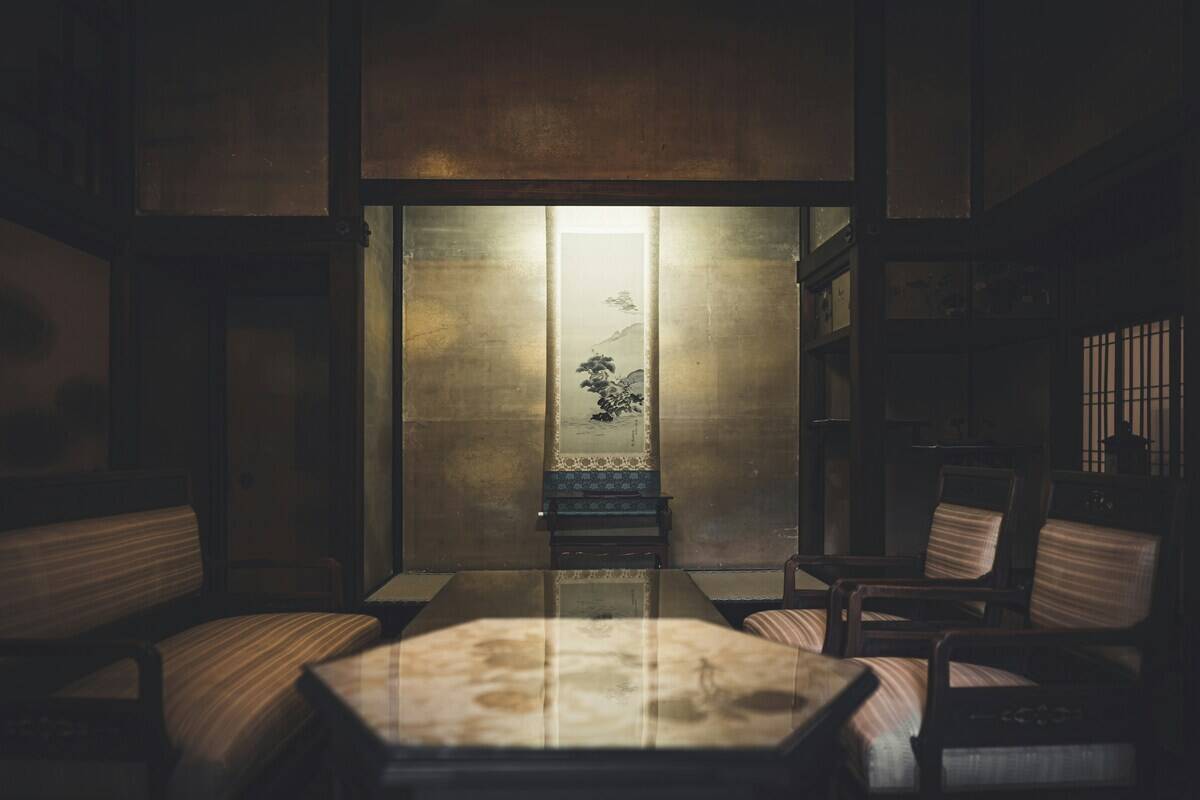
The parlor room, a staple of 1940s homes, served as a formal space for entertaining guests and showcasing one’s best furnishings. This concept is making a comeback, as homeowners rediscover the joy of having a dedicated area for socializing and relaxation.
By incorporating vintage furniture and decor, the modern parlor can offer a nostalgic nod to the past while providing a welcoming atmosphere for gatherings. This revival brings a touch of elegance and tradition to contemporary living spaces.
The Classic Appeal of Ceramic Tiles

Ceramic tiles were a popular choice in 1940s interiors, known for their durability and versatile design options. From intricate patterns to solid colors, these tiles added a classic touch to kitchens and bathrooms alike.
Today, ceramic tiles continue to be a favorite, offering a wide range of styles that can suit any aesthetic. Their timeless appeal and practicality make them an ideal choice for those looking to incorporate a bit of 1940s charm into their modern homes.
Eclectic Mix: Combining Old and New Decor
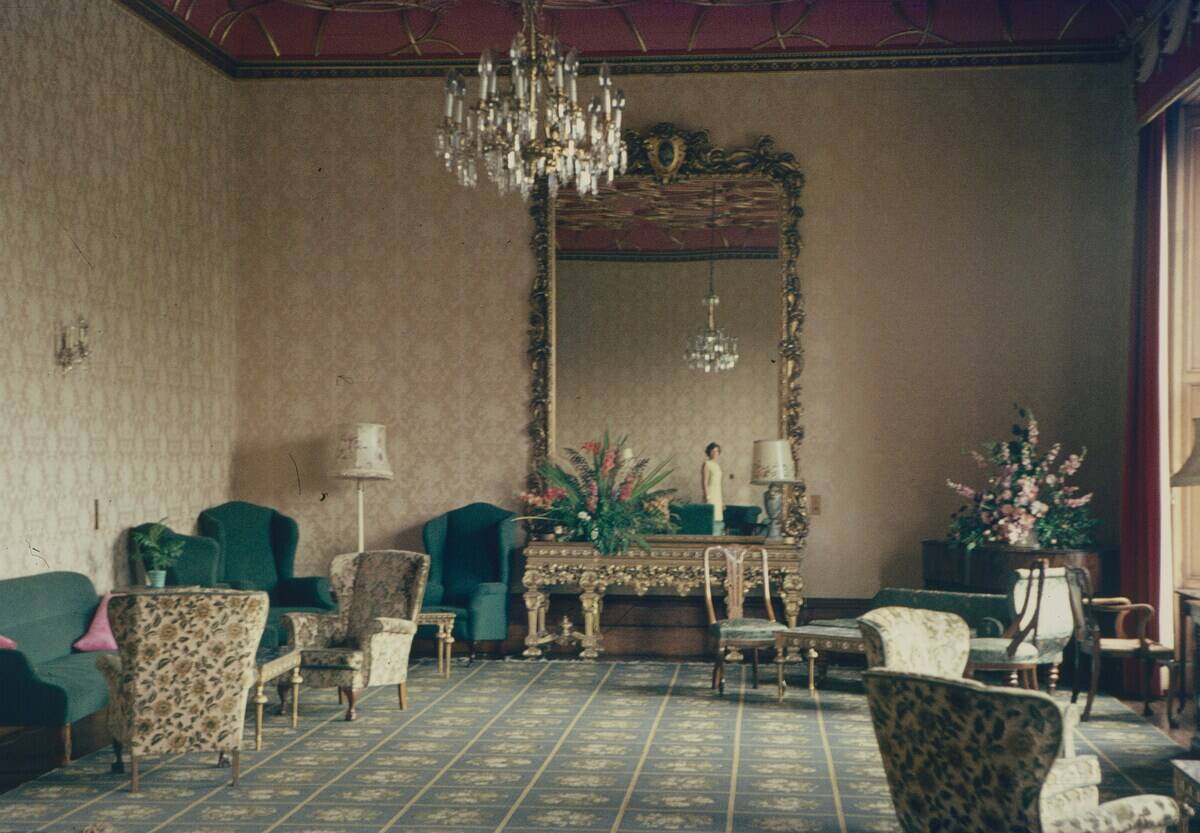
The 1940s decor trend encourages an eclectic mix of old and new, creating spaces that are both unique and personal. By blending vintage pieces with contemporary designs, homeowners can craft interiors that reflect their individual style.
This approach allows for endless creativity, as elements from different eras come together to form a cohesive and captivating environment. The result is a harmonious balance that honors the past while embracing the present, providing a fresh perspective on home decor.
The 1940s Inspired Color Block Walls
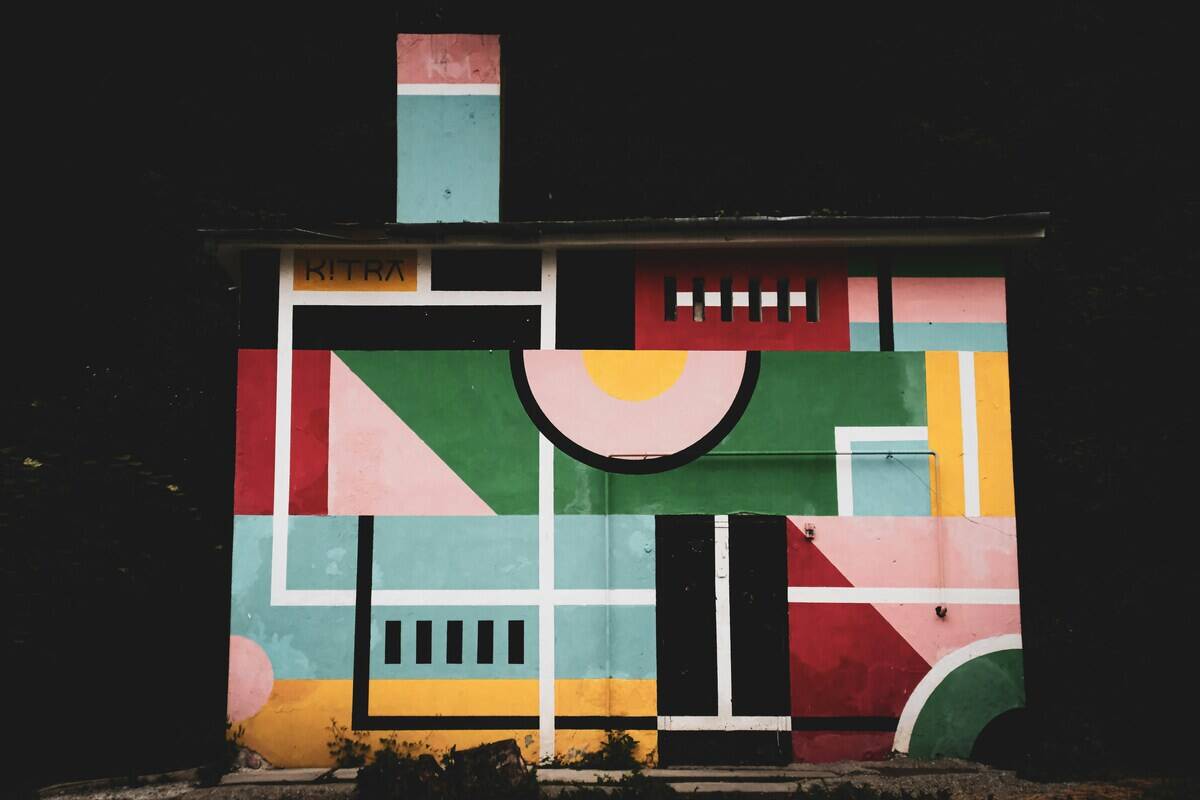
Color block walls are a playful nod to 1940s decor, where bold and contrasting colors were used to create dynamic visual effects. This technique adds depth and interest to a room, allowing for a creative expression of style.
Today, color blocking is being revisited, with modern twists that incorporate contemporary palettes and designs. By experimenting with different combinations, one can achieve a striking and artistic look that captures the essence of 1940s innovation and flair.



